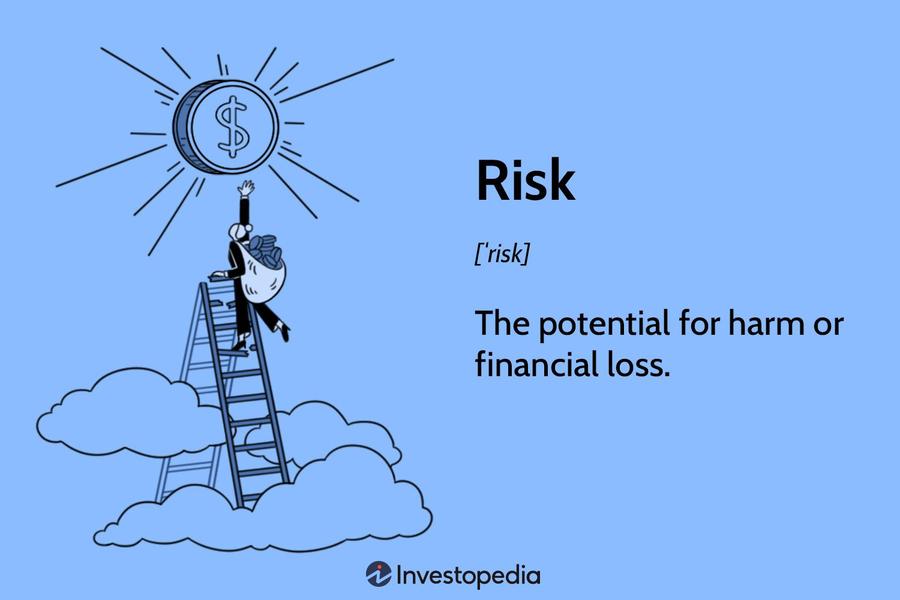How can understanding risk tolerance and risk capacity help investors navigate the ups and downs of the market?
Understanding risk tolerance and risk capacity is essential for investors to navigate the ups and downs of the market. Risk tolerance helps investors determine their comfort level with market fluctuations, allowing them to make informed decisions about their investments. By understanding their risk capacity, investors can assess their ability to take on risks based on their personal circumstances, such as income and financial goals. This knowledge enables investors to strike a balance between risk and reward, helping them navigate market volatility with confidence.
What factors should investors consider when assessing their risk tolerance?
When assessing risk tolerance, investors should consider several factors. Firstly, they need to evaluate their comfort level with short-term losses. Some investors may be more tolerant of market fluctuations, while others may be more risk-averse. Secondly, investors should consider their investment goals. Different goals may require different levels of risk, and investors need to align their risk tolerance with their desired outcomes. Thirdly, the time horizon is crucial. Investors with longer time horizons may be able to tolerate more risk since they have more time to recover from any losses. Lastly, investors should also take into account their non-invested savings. These savings can act as a safety net and influence their risk tolerance.
Why is diversification important for managing risk in an investment portfolio?
Diversification is essential for managing risk in an investment portfolio. By spreading risk across different investments and types of investments, investors can reduce the impact of market volatility. Diversification across asset classes, such as stocks, bonds, and cash alternatives, ensures that the portfolio is not overly dependent on the performance of a single investment. Within asset classes, diversification can be achieved by considering the size of companies, geography, and industry. This diversification helps to mitigate the risk associated with specific sectors or regions, as well as the risk of individual companies. By having a well-diversified portfolio, investors can increase the likelihood of generating consistent returns and minimize the potential losses during market downturns.
Full summary
I. Introduction
Investing in the market can be a roller coaster ride, but understanding risk tolerance and risk capacity can help investors navigate the ups and downs. Risk tolerance refers to an investor's comfort level with short-term market gyrations, while risk capacity measures an individual's ability to take risks based on personal circumstances.
II. Importance of Understanding Risk Tolerance and Risk Capacity
Before diving into the world of investments, it's essential to gain a clear understanding of risk tolerance and risk capacity. Risk tolerance is the degree to which an investor is willing to accept fluctuations in the value of their investments. On the other hand, risk capacity is the ability to take risks based on personal circumstances, such as income, other assets, and financial goals.
III. Assessing Risk Tolerance
To assess risk tolerance accurately, investors need to take into account several factors. These include the individual's comfort level with short-term losses, investment goals, time horizon, and non-invested savings. By examining these factors, investors can make informed decisions about the types of investments that align with their risk preferences.
To further assess risk tolerance, many investors turn to questionnaires or quantitative tools. These tools measure risk tolerance by looking at various characteristics and help project returns for portfolios. Financial advisors also play a crucial role in implementing risk assessment findings and guiding clients towards investments that align with their risk tolerance.
IV. Determining Risk Capacity
Risk capacity is another vital aspect to consider when building an investment portfolio. It involves evaluating an individual's ability to take on risks based on their personal circumstances. Factors such as income, other assets, and financial goals influence risk capacity. Knowing one's risk capacity helps investors strike an optimal balance in portfolio construction.
Determining risk capacity requires evaluating critical financial metrics. By understanding an investor's organization and its risk capacity, financial advisors can guide clients towards investments that align with their financial goals.
V. Diversification for Risk Management
Diversification is a key strategy for managing risk in an investment portfolio. By spreading risk across different investments and types of investments, investors can reduce the impact of market volatility. Diversification can be achieved by diversifying across asset classes such as stocks, bonds, and cash alternatives. Within asset classes, diversification can also be achieved by considering the size of companies, geography, and industry.
VI. Conclusion
In conclusion, understanding risk tolerance and risk capacity is crucial when building an investment portfolio. By assessing personal risk tolerance and considering risk capacity, investors can make informed decisions that align with their financial goals. Diversification is also essential for managing risk. By spreading risk across different investments and types of investments, investors can minimize the impact of market volatility. With a well-balanced and diversified portfolio, investors can navigate the challenges of the market and potentially achieve their financial goals.

















